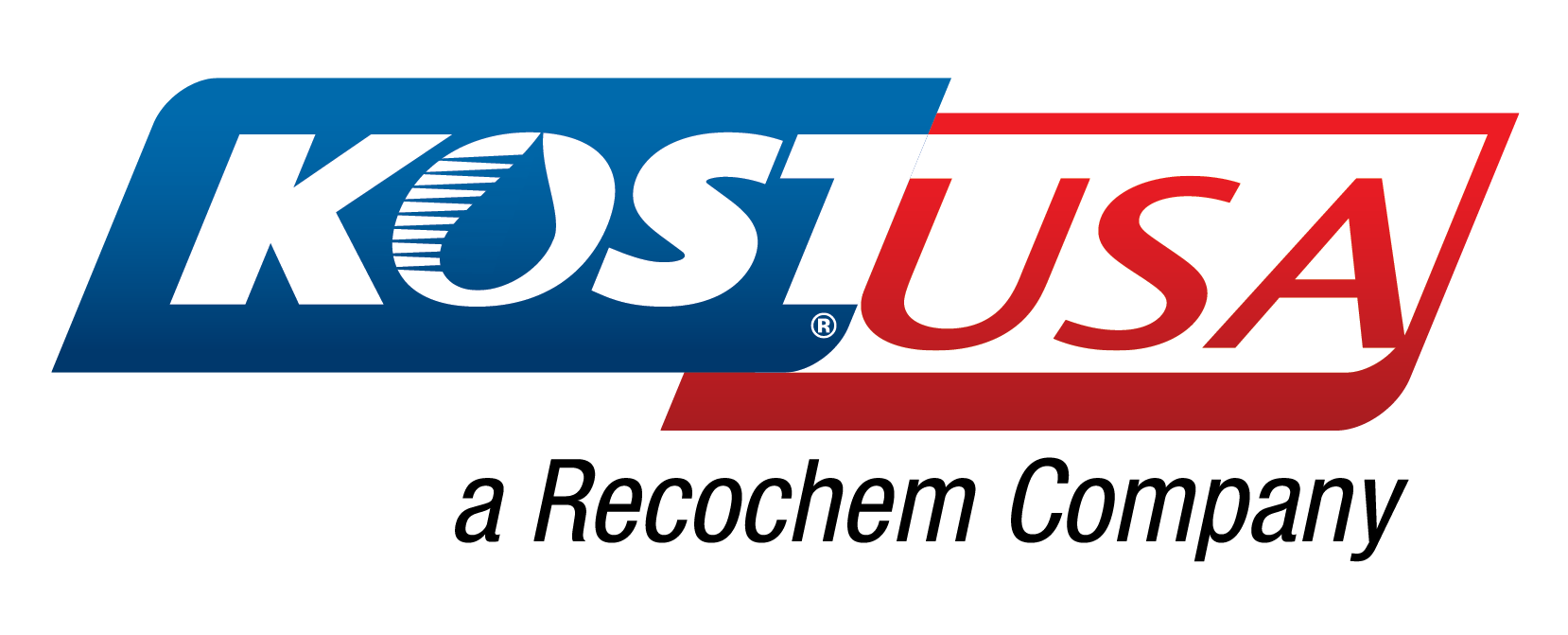Across the board, the term “fire resistant” is either misunderstood or misinterpreted to be too broad. Although there’s not a standard for the terminology we use to describe how fire resistant a fluid is, or a standard rating system such as flash point or auto ignition temperature, but there are tests that can determine the fire resistance of a fluid.
Tests that determine fire resistance are designed to replicate a worst-case scenario where fire resistant fluids would be used near a potential fire hazard. If a fluid passes this test, it’s incorporated into an Approval Guide or List of Qualified Fluids.
Here in the U.S. there are two test protocols that are considered the benchmarks in the industry: one was developed by Factory Mutual Research Corporation (FMRC) and the other was created for fluids used primarily underground, such as in coalmines, by the Mine Safety & Health Administration (MSHA).
FMRC
The original intent was to use the results from this test in the risk-assessment programs of those insurance companies under the Factory Mutual System umbrella. Now, the test is the primary qualification for commercial companies using FRHFs.
FMRC addresses the definition of FRHF in the following excerpt in their introduction to the hydraulic fluids sections of their Approval Guide:
Less flammable hydraulic fluids approved and listed here have been tested to evaluate fire hazard only. All presently available fluids will burn under certain conditions. In each case the fire hazard has been reduced to an acceptable degree, meeting the Approval Standards of FMRC; other fluid properties are not investigated.
MSHA
MSHA testing is similar to FMRC’s but the ignition mechanism is different. Under this procedure, a spray mist is directed continuously at a variety of ignition sources that include an open gas flame, a welding arc, and burning rags. The passl criteria are that localized burning in the spray mist extinguish within 5 sec, and there can be no sustained propagation along the spray axis. They also have an AIT criterion and a wick test to assess the rate of evaporation of water from a candidate product. MSHA tests also have a relatively high rate of product rejections.
Since both of these tests involve fluids submitted by the supplier to the testing agency, both FMRC and MSHA have comprehensive manufacturer auditing programs in which quality-assurance programs are carefully evaluated and monitored by periodic, on-site inspections. This may include retests of approved fluids.
In all of these tests, a product is either approved or rejected; there is no ranking or rating of approved products. This aspect, the occasional lack of reproducibility, and the absence of service history of a fluid has led FMRC to develop a new test that will quantify the relative fire resistance of various fluids. The test procedure involves measuring the heat release of a fluid under a fixed-burn condition and combining this value with a separately determined measurement of the energy required to initiate burning. These values are used to establish a Spray Flammability Parameter for each product evaluated. This test and a new approval standard currently are under review by FMRC and have not been formally adopted.












